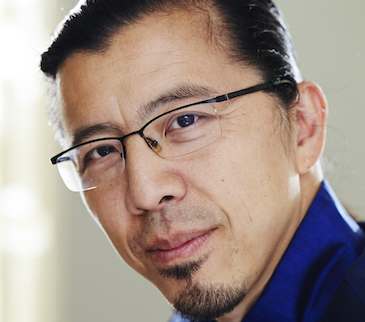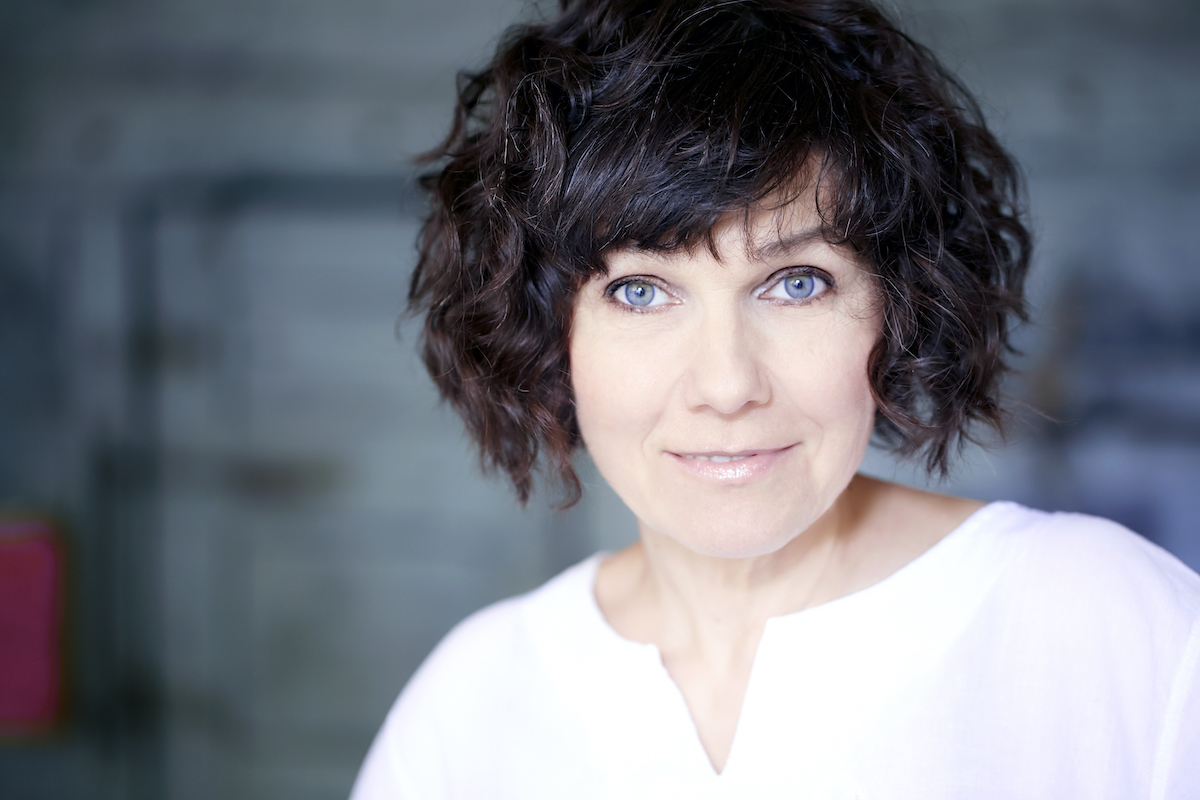In his late years, pianist and conductor Anton Rubinstein was asked if composers like Mozart and Beethoven would have been happier if they had access to our modern pianos (Music and Its Masters, 1892). I hear this question often, even now. He answered, “I believe that instruments of all periods had tone colors and effects that we cannot replicate on modern pianos; that the compositions were intended for the character of the instrument in use, and only on such could it be heard fully as intended. Played on a modern piano would be to its disadvantage…” It says it all. When someone asks me how I know if Mozart had a particular instrument with a certain sound, I think, “Great question.” I wish we had some kind of tool to measure the sound of a piano in a museum and then compare it with its copy, like some violinists do. Though I didn’t live in Mozart’s or Beethoven’s time, I think that musical ideas are expressed more accurately on piano models used by the composers.
Why is Anton Rubinstein’s quote so important? Rubinstein didn’t express his opinion merely from his heart or imagination, as I do. He actually played some of the period instruments when he was young. Born in 1829, Rubinstein’s first impressions of classical and romantic repertoire were from classical pianos, as romantic pianos were just being invented. When Rubinstein started his first piano lessons, Chopin’s time instruments were very new and Beethoven’s time instruments were still in use.
Rubinstein continues, “We can know nothing decidedly of the instruments of that day; even those found in museums…give us no idea, since time would destroy the tone of a piano entirely beyond recognition.” Unfortunately, pianos don’t survive as well as violins for two reasons: they have too many moving parts, which don’t function well with frequent use, and their soundboards get “tired” under the pressure of heavy strings. He says further, “It is strange how little the professional instrument makers know of these things!” Indeed. If people now wonder about the Stradivari secrets, there are still many more piano secrets because it is a more complicated instrument. In addition, when the period pianos went out of use (and their makers with them), there was no one to teach these secrets.
This reminds me of the story of how Nikolaus Harnoncourt found his first Viola da Gamba. After World War II, Harnoncourt started looking for a master in Vienna who could repair his Viola da Gamba (Harnoncourt himself was a cellist). After visiting all of the shops around, he finally found a 90-year old master and 70-year old apprentice who still remembered how to help him with his Viola da Gamba, which he later recorded on. This 90-year old master was the only one who knew the tradition. In making pianos, the tradition was transferred verbally, like in most fields at that time. All of the discoveries and skills were kept secret inside families and workshops to avoid copying. As a result, many different traditions of making instruments disappeared. We now have the same doubts about pianos that we had about harpsichords at the beginning of 20th century, when Wanda Landowska started bringing harpsichord music back. The tradition of making them had almost completely disappeared in 19thcentury.
Pianist Heinrich Neuhaus liked to talk about the seismic stability of certain composers, like Johann Sebastian Bach. Through the centuries, his music still reaches us in all its majesty, whether it is performed on an accordion or an orchestra of balalaikas. His son, however, Karl Philip Emmanuel Bach, did not produce such stable music, though he was incredibly popular in his time, more so than his father. Very few of their contemporaries knew that J. S. Bach was also a “good composer.” While studying in Moscow Conservatory, I always wondered why K. P. E. Bach’s music was considered great in his time. Only when I started playing his music on the appropriate instrument, I realized why.
Every composer uses different tools to express their musical ideas. Among those is melody, rhythm, and compositional structure, but also sound colors and effects. Some musical works are connected to particular instruments of their period more than others, and only on those instruments can the composition be heard fully as intended, as was stated by Rubinstein. They lose their authentic meaning if performed on the wrong instrument.
Nowadays, many scholars and piano makers present the current piano as a final and perfect result of an evolution that started in the early 19 century, seeing all previous models and versions as inferior, temporary examples. I don’t understand why. We do not think this way about organs and don’t say that Bach’s music performed on a great Baroque organ of his time sounds less good than when performed on a modern electrical organ. I think it is the same with pianos. I would see the instruments played by Mozart, Beethoven, Schubert, Chopin, Liszt, and Brahms all as different instruments. In this sense, there is no evolution. Rachmaninov is not better than Chopin or Mozart, they are just different. It is the same sort of difference with their pianos – if Chopin trusted that Pleyel is the best piano for his music, and Mozart felt the same about the Walter piano, we should trust them. Each instrument has its own personality, colors, and capabilities. And each instrument is an instrument of its own – a complete and perfect music universe.
When we play pieces on composers’ pianos, we get a deeper understanding of their music, which also translates into better performances on conventional instruments. Many pianists who play both composer’s pianos and conventional pianos, such as Ronald Brautigam, claim that this experience made them not only better musicians, but also helped them with their technique. It removes the so-called “performing standard” to which our only piano led us (along with the “conserved perfect version” of recorded/edited performances and “correct to win” competition versions). Composers’ instruments are so different that it is simply impossible to bring them to one standard . Experience with a period instrument can open the entire world for the performer and give an exciting and unpredictable experience to the listener.
If we talk about Mozart’s piano, we talk about Walter and Stein. Haydn is Walter, Beethoven is Walter and Graf. Schubert and Schumann are Graf. Chopin is Pleyel. Brahms is Streicher.
#performance

Viviana Sofronitsky
Viviana Sofronitsky explores the rich, complete world of sound available to classic and romantic composers with their then-new pianos! Viviana performs with two, three, four or five pianos on stage, allowing the audience to immerse themselves in the music performed on instruments as strong and colorful as they were at the time when they inspired young classical and romantic composers to write their masterpieces. The pianos used in the performance are newly built “clones” of the favorite instruments of great composers, produced by the world’s most prolific modern fortepiano maker, Paul McNulty. Her collection of top-quality new pianos includes Mozart’s and Beethoven’s favorites Walter and Stein, Schubert’s Graf, Chopin’s Pleyel and Liszt’s Boisselot. Her recent London Wigmore Hall performance with 5 pianos on stage was acclaimed as a “revelation”.
Viviana Sofronitsky has followed in the footsteps of her father Vladimir Sofronitsky, a distinguished Russian pianist. She earned a DMA from the Moscow Conservatory and received historical fortepiano and harpsichord performance degrees from the Royal Conservatory in Den Haag. She won prizes at the "Bach Tage Berlin" and "Musica Antiqua" competitions. Viviana Sofronitsky has recorded with “AVI”, ”ETCetera”, “Centaur“, “Suoni e colori”, “Globe”, “Pro Musica Camerata” (11 CD of complete Mozart concertos) and “Passacaille” lebels. Her current projects include recording Chopin and Liszt on romantic fortepiano. Russian-Canadian citizen Viviana Sofronitsky is based in Prague, from which she travels Europe to perform with her fortepianos. www.sofronitsky.com



Comments are closed.